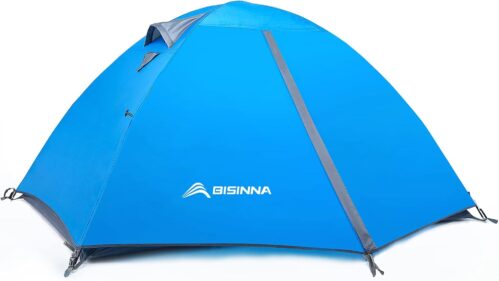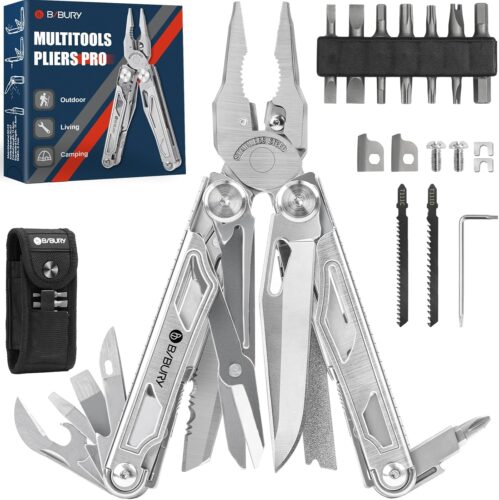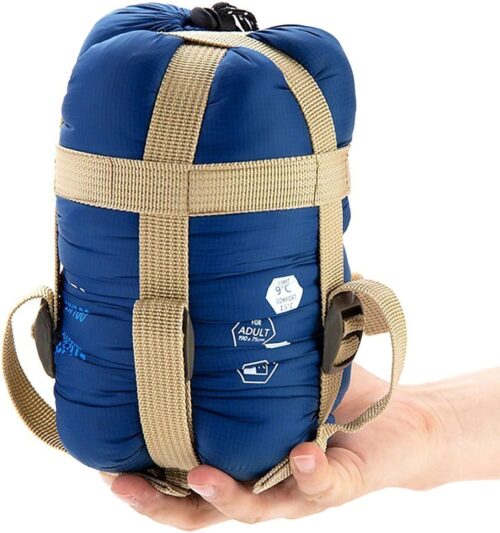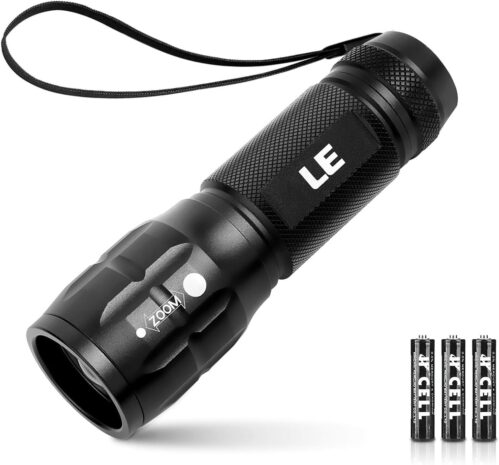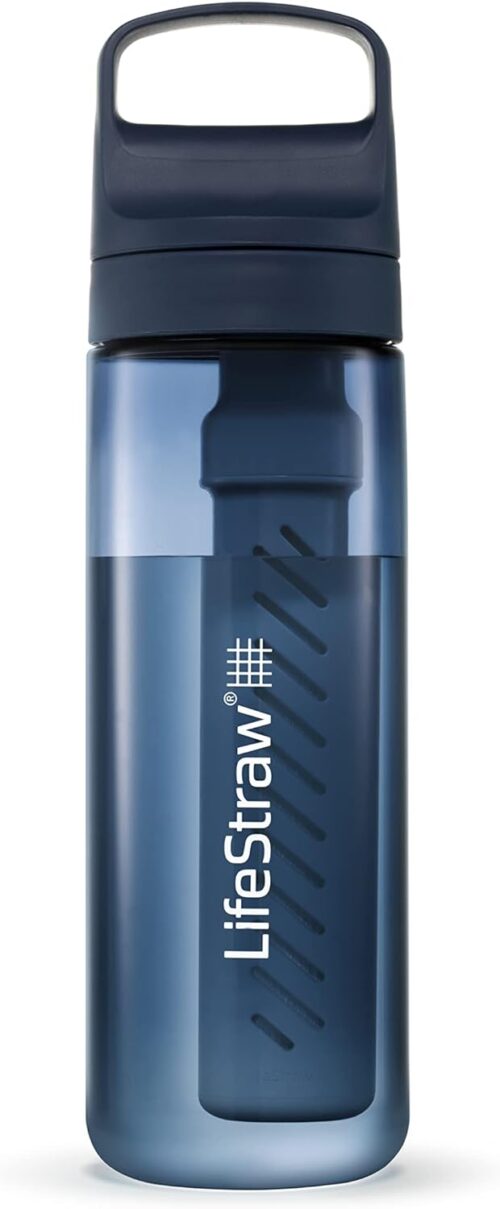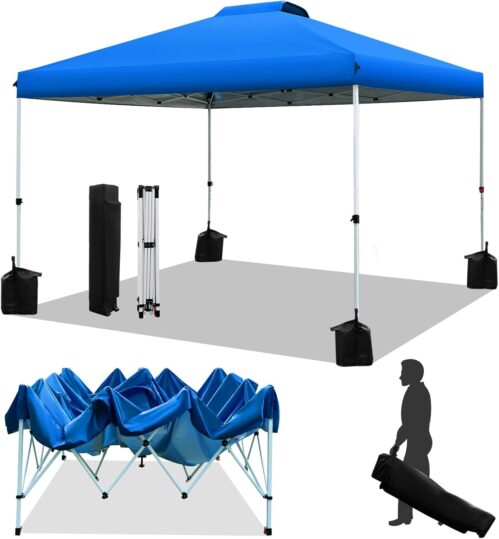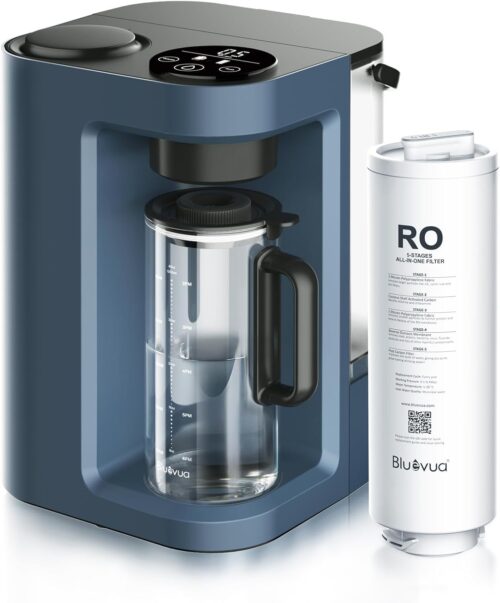
As you set out on your high-altitude hiking adventure, ensuring you are well-prepared can make all the difference in your experience. From tackling the challenges of altitude adjustments to being equipped with the right gear, there are key considerations to keep in mind. Remember, the journey to the summit is not just about reaching the peak but also about how you navigate the path along the way. Stay tuned to discover essential tips that can elevate your high-altitude hiking game and help you conquer those breathtaking heights with confidence.
Importance of Proper Hydration
Proper hydration is crucial for maintaining your energy and health while hiking at high altitudes. When venturing into elevated terrains, the air is thinner, causing increased breathing and potential moisture loss through respiration. To combat these effects, you must prioritize drinking water consistently throughout your trek. Dehydration can lead to fatigue, dizziness, and even altitude sickness, hindering your ability to enjoy the journey.
Carrying an adequate supply of water or a hydration pack is essential. Aim to drink at least 0.5 to 1 liter of water per hour, adjusting based on your exertion level and the environmental conditions. Additionally, consider consuming electrolyte-rich beverages or snacks to replenish essential minerals lost through sweat.
Remember to start your hike well-hydrated and continue to sip water regularly, even if you don’t feel thirsty. By maintaining proper hydration, you’ll sustain your stamina, focus, and overall well-being during your high-altitude adventure.
Essential Gear for High Altitudes
To enhance your safety and comfort while hiking at high altitudes, ensuring you have the right gear is essential. Start with proper footwear that provides ankle support and has a good grip for rocky terrain. Invest in moisture-wicking clothing to keep you dry and warm, and pack extra layers for temperature changes.
A well-fitted backpack is crucial for carrying essentials like water, snacks, a map, a compass, and a first aid kit. Additionally, bring along sunglasses, sunscreen, and a hat to protect yourself from the sun’s intense rays at high altitudes. Don’t forget a headlamp in case you end up hiking in the dark unexpectedly.
Trekking poles can provide stability and reduce strain on your knees during descents. Lastly, a sturdy tent, sleeping bag rated for cold temperatures, and a camping stove are essential if you plan to camp overnight. Having the right gear won’t only make your high-altitude hike safer but also more enjoyable.
Tips for Acclimatization
Acclimatization to high altitudes is crucial for your safety and well-being during your hiking adventure. When ascending to high altitudes, your body needs time to adjust to the decrease in oxygen levels. To acclimatize effectively, it’s recommended to ascend gradually, giving your body time to adapt to the altitude.
Stay hydrated by drinking plenty of water to help combat altitude sickness. Additionally, consider incorporating rest days into your itinerary to allow your body to recover and adjust. Pay attention to your body’s signals and communicate any symptoms of altitude sickness, such as headaches, nausea, or dizziness, to your hiking companions.
Engaging in light physical activity during the acclimatization process can also be beneficial. Remember that acclimatization is a gradual process, and rushing the ascent can increase your risk of altitude-related illnesses. By prioritizing acclimatization, you can ensure a safer and more enjoyable high-altitude hiking experience.
Safety Measures at High Altitudes
When hiking at high altitudes, ensuring your safety involves implementing specific measures to mitigate potential risks. Firstly, it’s crucial to stay hydrated to combat the effects of altitude sickness. Dehydration can exacerbate symptoms like headaches and dizziness, so drink plenty of water throughout your hike. Additionally, be mindful of your pace. Overexerting yourself can lead to fatigue and altitude sickness. Take it slow and listen to your body’s signals.
Moreover, always pack essential safety gear such as a first aid kit, emergency blanket, and extra layers of clothing. Weather conditions can change rapidly at high altitudes, so being prepared is key. Familiarize yourself with the signs of altitude sickness, including nausea, shortness of breath, and confusion. If you or a fellow hiker experience these symptoms, descend to a lower altitude immediately.
Lastly, never hike alone at high altitudes. Having a hiking buddy not only enhances the experience but also provides an extra layer of safety. Look out for each other and communicate openly about how you’re feeling. By following these safety measures, you can enjoy your high-altitude hike while minimizing potential risks.
Adventure Gear

